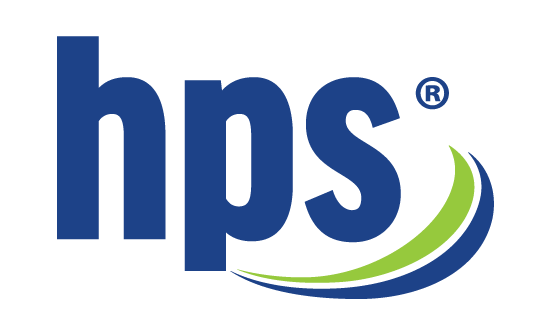
Many employers are looking to save on costs and, as a result, looking into self-funded insurance plans. While self-funded plans carry greater risk for the employer, they allow the employer to have greater control over plan design and cost, and also offer a variety of additional benefits. In this blog post, we will explore these benefits and prepare you to offer this option to clients.
Let’s take a look at the many ways that employers benefit from choosing self-funded plans.
Flexibility and control
With self-funding, employers have the ability to select any plan design, allowing them to design plans that cater to their own needs rather than what the insurance company offers. With this, they can choose to directly contract with a specific set of providers that bring care alternatives based upon the needs of its employees
When employers choose self-funding, they gain access to utilization reports. The data in these reports can be used to adjust plan design and cost each year as well as create a multi-year benefits strategy.
Self-funding allows for greater control over cash flow and provides employers with an easier way to see and report on claims activity and usage.
Employers directly benefit from providing employee wellness education and other programs. Employers have more control over costs with self-funding, and when claims costs are reduced, employers save money.
Cost savings
Some states don’t tax premiums on self-funded plans, offering the employer savings of 2 to 3 percent.
Self-funding offers savings on certain ACA-related taxes and fees over fully-insured plans. In today’s complicated legal world, the employer is not subject to conflicting state health insurance regulations/benefit mandates, as self-insured health plans are regulated under federal law (ERISA).
In addition, self-funded plans have lower administrative costs, as they use a TPA rather than an insurance carrier and also don’t have risk and retention charges. Premiums and the resulting tax is only paid on stop-loss coverage.
Employers using self-funded plans have improved cash flow, as they only pay out when claims are made, allowing premiums paid to earn interest until claims come in and must be paid out. The utilization reports mentioned earlier also allow for better planning for future years and additional savings with a multi-year strategy.
It’s understandable that many employers are considering self-funded coverage in search of greater control, flexibility and cost savings. As you can see, self-funded plans have a variety of benefits to offer in exchange for taking on greater risk.
Learn more about self-funding and the other options for employer-sponsored benefit plans with this free guide.



-01.png?width=379&name=HPS_Logo_Registered%20Trademark%20(White)-01.png)

